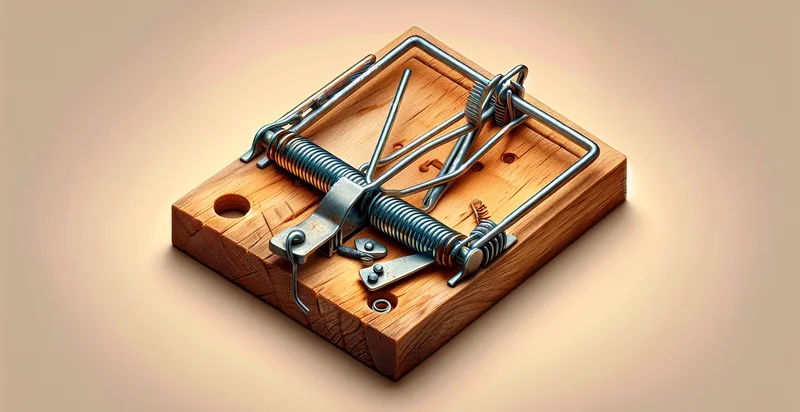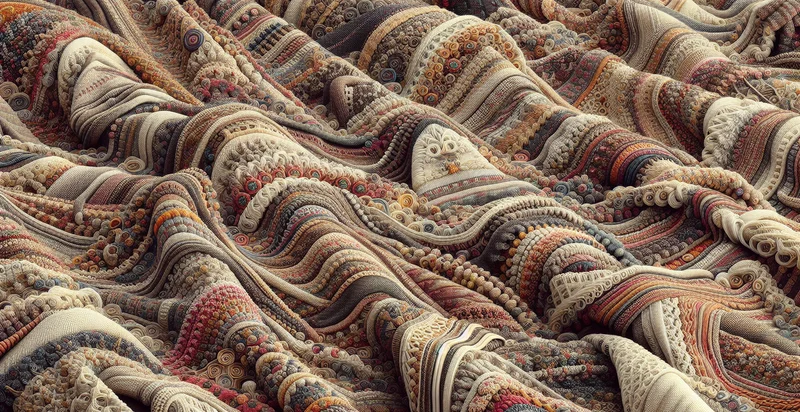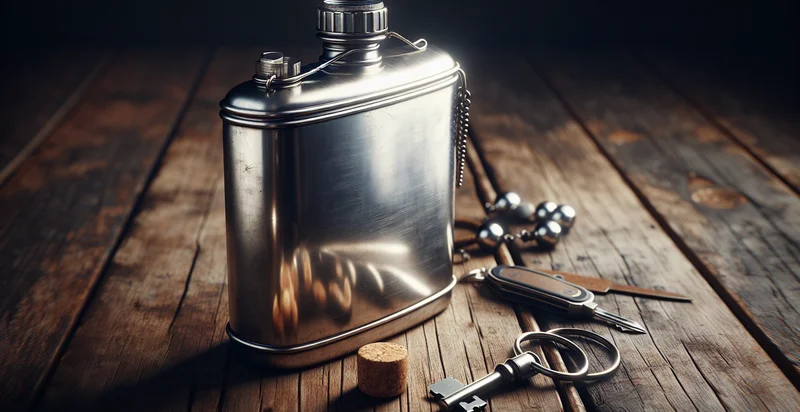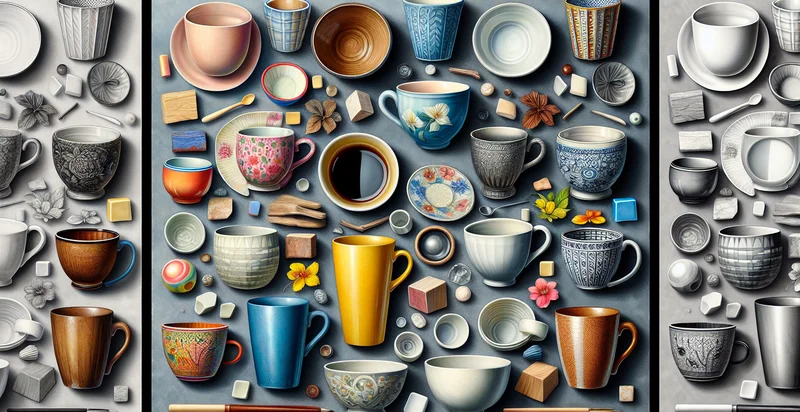Identify what material a mousetrap is made from
using AI
Below is a free classifier to identify what material a mousetrap is made from. Just upload your image, and our AI will predict what material a mousetrap is made from - in just seconds.

Contact us for API access
Or, use Nyckel to build highly-accurate custom classifiers in just minutes. No PhD required.
Get started
import nyckel
credentials = nyckel.Credentials("YOUR_CLIENT_ID", "YOUR_CLIENT_SECRET")
nyckel.invoke("what-material-a-mousetrap-is-made-from", "your_image_url", credentials)
fetch('https://www.nyckel.com/v1/functions/what-material-a-mousetrap-is-made-from/invoke', {
method: 'POST',
headers: {
'Authorization': 'Bearer ' + 'YOUR_BEARER_TOKEN',
'Content-Type': 'application/json',
},
body: JSON.stringify(
{"data": "your_image_url"}
)
})
.then(response => response.json())
.then(data => console.log(data));
curl -X POST \
-H "Content-Type: application/json" \
-H "Authorization: Bearer YOUR_BEARER_TOKEN" \
-d '{"data": "your_image_url"}' \
https://www.nyckel.com/v1/functions/what-material-a-mousetrap-is-made-from/invoke
How this classifier works
To start, upload your image. Our AI tool will then predict what material a mousetrap is made from.
This pretrained image model uses a Nyckel-created dataset and has 10 labels, including Aluminum, Bamboo, Cardboard, Composite Material, Iron, Metal, Plastic, Rubber, Steel and Wood.
We'll also show a confidence score (the higher the number, the more confident the AI model is around what material a mousetrap is made from).
Whether you're just curious or building what material a mousetrap is made from detection into your application, we hope our classifier proves helpful.
Related Classifiers
Need to identify what material a mousetrap is made from at scale?
Get API or Zapier access to this classifier for free. It's perfect for:
- Inventory Management for Retailers: Retailers can utilize the false image classification function to automatically verify the material composition of mousetraps in their inventory. This can help manage stock levels, ensure accurate product labeling, and assist in quality control, ultimately improving customer satisfaction.
- Eco-Friendly Product Line Classification: Companies looking to promote sustainable products can use this function to classify mousetraps based on their materials. This helps in identifying which products can be marketed as eco-friendly, driving awareness and sales among environmentally conscious consumers.
- Market Research and Analysis: Researchers can employ this function to analyze the materials used in mousetraps across different brands and regions. This data can provide insights into market trends, consumer preferences, and the competitive landscape for pest control products.
- Quality Assurance in Manufacturing: Manufacturers can integrate the false image classification function into their production lines to ensure the correct materials are used in the creation of mousetraps. By validating material composition in real-time, they can reduce defects and improve product reliability.
- Compliance Monitoring: Organizations that need to adhere to safety and environmental regulations can leverage this function to verify that their mousetrap products comply with material standards. This can help avoid legal repercussions and enhance corporate responsibility towards product safety.
- Consumer Education Tools: Businesses can develop apps or tools that integrate this classification function to educate consumers about the materials used in their mousetraps. This transparency can foster trust and allow customers to make informed purchasing decisions.
- Targeted Marketing Campaigns: Marketing teams can use insights gained from the image classification to create targeted campaigns highlighting specific features of mousetraps, such as material benefits for particular consumer segments. This tailored approach can enhance campaign effectiveness and increase conversion rates.


